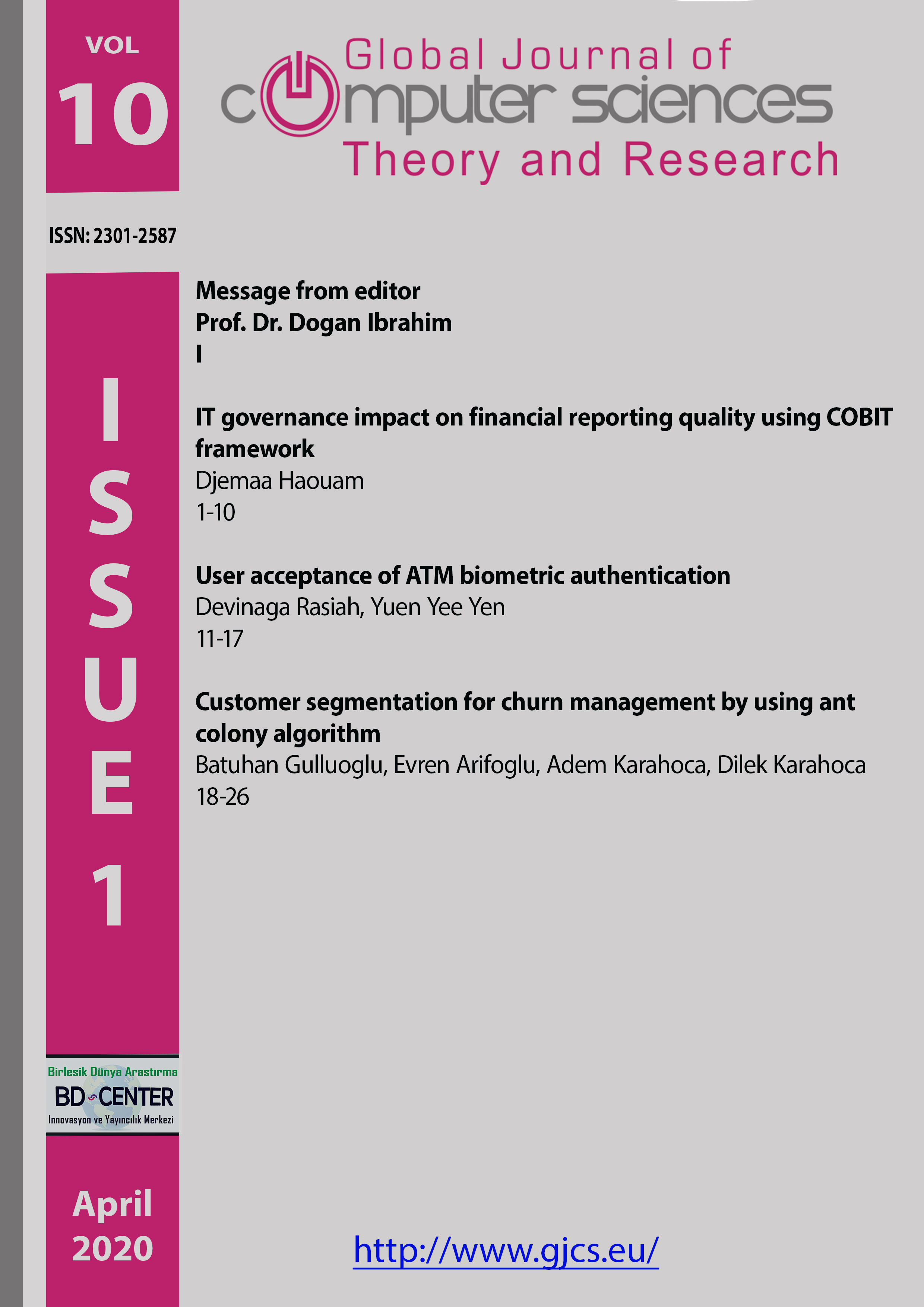
Global Journal of Computer Sciences: Theory and Research
Yazarlar: Ionel Staretu
Konular:-
Anahtar Kelimeler:-
Özet: This paper presents, in the first part, in brief, the reasons for virtual reality implementation, with immersion, in the processes of theoretical and practical training in the area of mechanics subjects. There are some considerations on the methodological implications, and we propose an extension of the Wegener model. We describe a pilot station, which is testing the use of virtual reality in the training activities concerned. We present the first achievements in populating virtual settings, by interconnection of Cyber Gloves with the virtual setting, and handling virtual parts for visual observation, and easy assembling operations. In the second part, this paper describes a possible involvement of virtual reality to shift from traditional engineering to virtual engineering to solve in a significant manner, the current crisis of manufacturing engineering. Thus, we present the general structure of a virtual engineering entity, its main activities and organizational structures, and we briefly review the main types of virtual reality equipment and technologies useful for highlighting virtual engineering for services and environment.